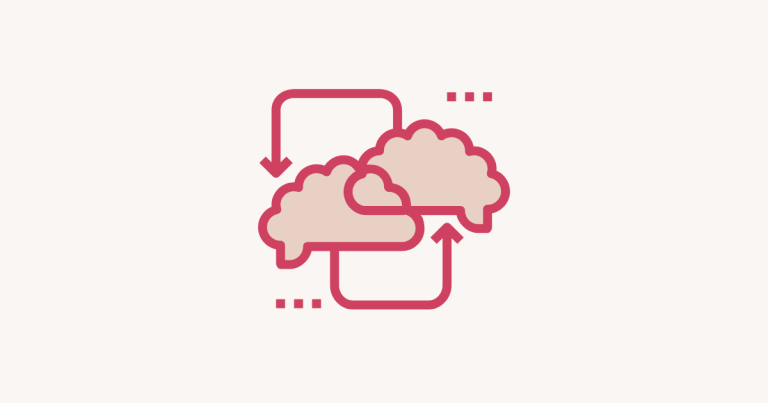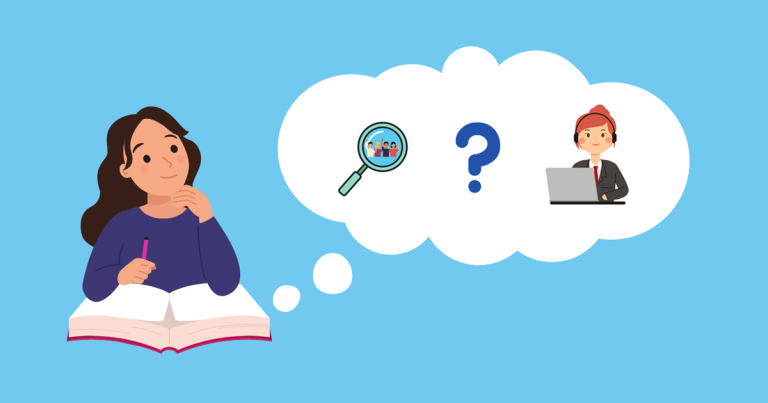Customer service can often seem like a ‘black box’—a complex, intricate part of your business that demands a deep dive to understand. It’s not only a crucial touchpoint with your customers, but also a gold mine of untapped data. In this blog post, we will simplify these complexities and highlight how you can transform customer service into a strategic advantage.
Box 1: Navigating the Operations Maze
High-volume companies know customer service to be a fast-paced world, bustling with immediate tasks and metrics. From the top levels, it may seem overwhelming and distant, a maze of daily operations. Yet, remember, it’s often the first (and sometimes only) interaction your customers have with your business.
Customer service is more than just extinguishing fires—it’s an opportunity to build lasting relationships and shape the customer experience. Start by acknowledging its dual role: immediate problem-solving and strategic relationship building. Integrate this understanding into your broader business strategy.
Promote a culture of sharing customer service experiences and insights across all departments. Celebrating instances where customer service teams have enhanced customer relationships can inspire a mindset focused on elevating the overall customer experience.
To quantify the impact, convert customer service outcomes into business metrics like CSAT scores, FCR rates, and customer retention rates. These numbers not only represent your service performance but also showcase their direct influence on business success. For instance, improved CSAT can increase loyalty and repeat business, higher FCR can lower operational costs, and better retention rates can boost customer lifetime value.
Box 2: Harnessing Hidden Data
The second ‘black box’ is a sea of underutilized data. Just as an airplane’s black box records every tiny detail of a flight, customer service data is a treasure trove of insights. These are more than just feedback from structured mechanisms like surveys—they are subtle behavioral signals from your customers.
It’s time to value passive data. Insights from all customer interactions, like the frequency and types of issues customers encounter, and the sentiments expressed during the resolution process, can offer a comprehensive understanding of your service’s effectiveness.
Leverage analytical tools to transform this data into actionable insights. Identify patterns and trends and convert them into metrics such as average resolution time, sentiment scores, and churn prediction. When these are presented in terms of their financial implications—potential revenue losses or gains—they become powerful tools for strategic decision-making.
The Road Ahead
Customer service, once seen as a complex set of black boxes, can actually be a significant source of strategic insights. Recognize its dual role—both operational and strategic—and utilize both active and passive customer data to unlock its potential.
By turning these overlooked aspects into clear, quantifiable business metrics, we redefine the role of customer service in the organization. This shift not only paves the way for exceeding customer expectations and fostering strong relationships but also steers your business towards growth.
Now it’s your turn to unbox these treasures in your organization. Step back, observe, and listen—let your customers guide you towards continuous improvement and success.
Did you like the post?
You might also like:

Surveypal
Everything you need to lead and improve your customer experience. Learn more at surveypal.com, or







